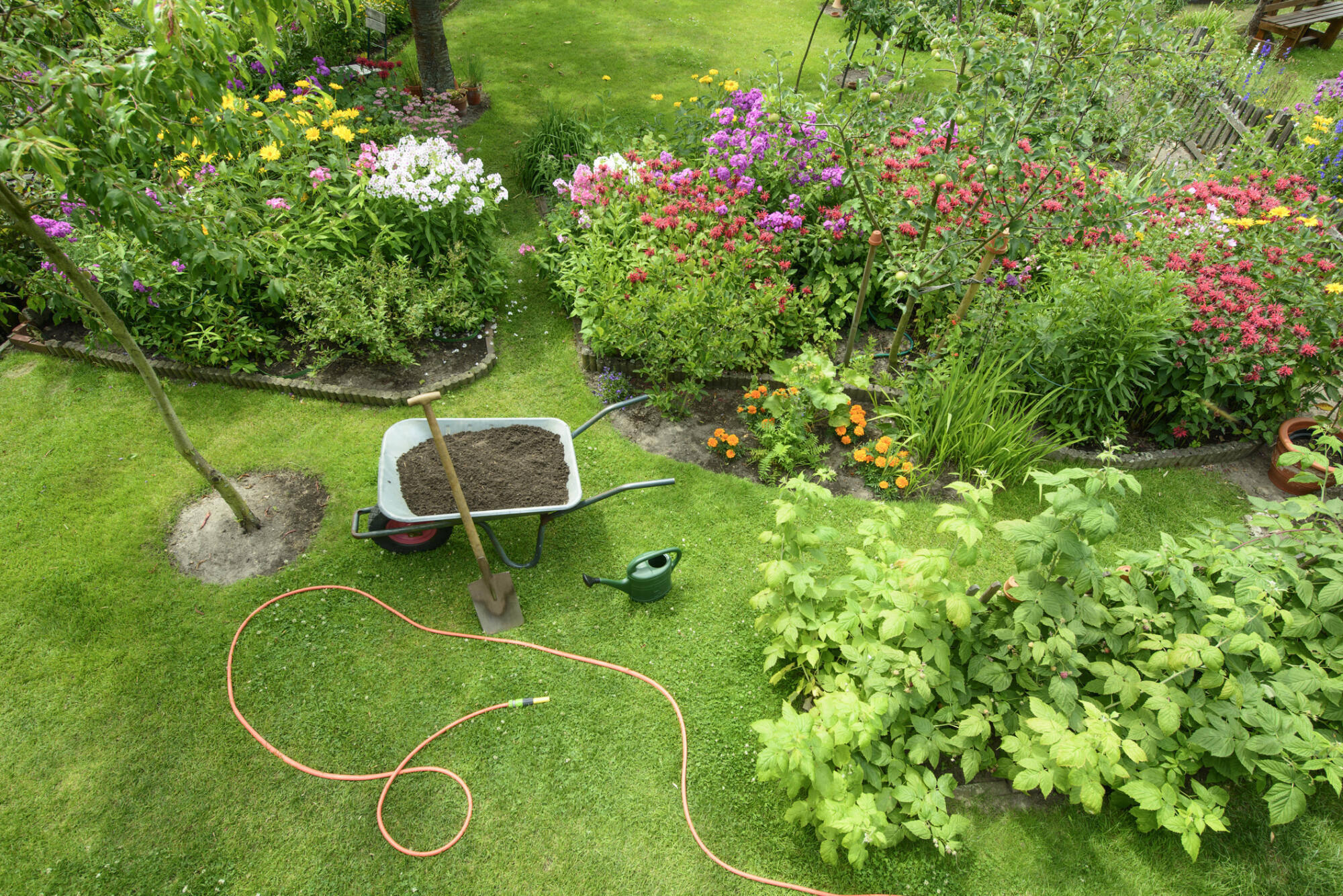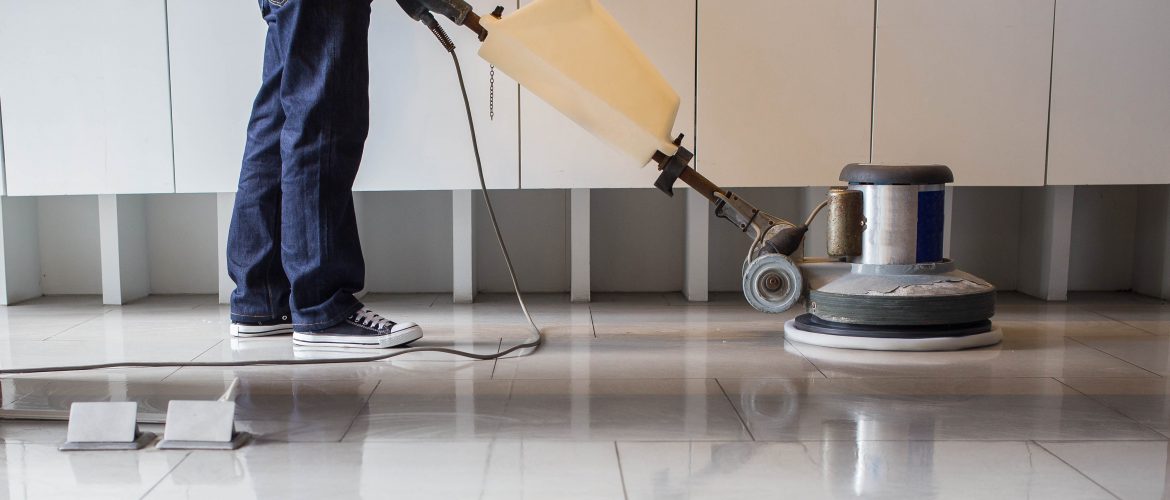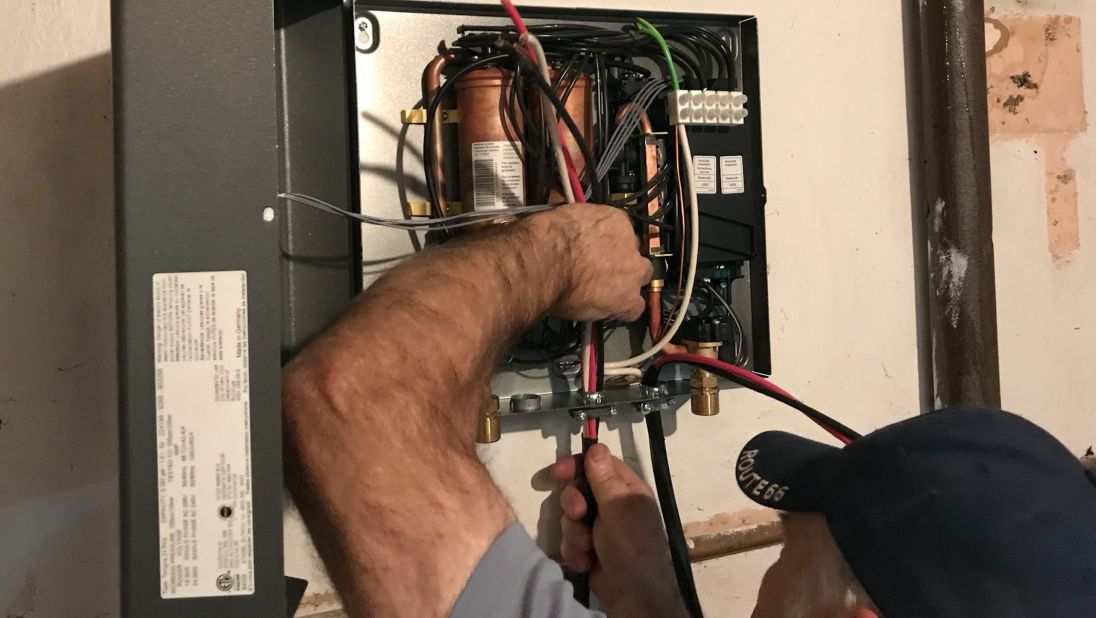Growing a garden has intricacies that are crucial to get right from the onset. One of these is the timing of planting, which most of us know is in spring, but are unsure about exactly when. While springtime does, indeed, signal the start of the growing season, it doesn’t mean planting should take place at its arrival. If you read on Fig & Spruce, planting too early or too late could lead to problems that could upend your garden.
The spring season opens up a window of opportunity for successful garden-growing. Today, we’ll take a look at the factors that tell you the window is now wide open.
How Do You Know You Can Start a Garden?
How do you know it’s time to grow that garden? Basically, most determining factors have to do with your region and the plants you’re looking to grow.
1. Weather Conditions
As far as the correct timing for growing a garden, the weather in your region is telling. When spring nears, step outside to assess the soil in your garden. Soil normally isn’t workable for at least a couple of weeks after the snow melts, and that time could vary depending on where you’re from.
Some base their decisions when the snow thawed practically everywhere. This decision can be flawed, as it may only evaluate the situation above ground and not below it. Upon assessing the underground circumstance, you may find the soil too wet or clumpy to be conducive to plant nourishment.
That brings us to our second factor: soil condition.
2. Soil Condition
Gardeners can’t force the issue on soil that isn’t primed for planting. Working soil earlier than scheduled is a recipe for disaster and could result in losing all your plants.
You’re better off letting nature take its course. The soil will be ready when it is, and no amount of stepping over it can change the outcome.
In fact, repeatedly tilling or walking over soil can alter their quality and make them difficult to plant on for the rest of the season. That’s the last thing you want to happen to your garden.
The following soil qualities should tell you specifically if and when it’s time to plant:
- Texture
- Moisture
- Temperature
In particular, soil temperatures should be between 65 and 75 degrees Fahrenheit to be ripe for planting. Though, some plants are known to handle a little lower than that.
3. The Right Seeds
Even if the environment cooperates, the seeds may not, so you might still need to defer starting your garden. Though, the good thing about seed packets is they’re well within your control. If you can’t wait another minute to start a garden and the choice seeds don’t suit the conditions, try replacing them with ones that do.
Early spring crops would be excellent options, as they thrive in the post-winter or early-spring chill. The colder soil is their friend and a little frost or two their buddies. Then again, some of these crops may only tolerate such conditions and won’t actually germinate until later when the soil temp rises to at least 55 degrees Fahrenheit.
Plants That Thrive in Cold Spring Weather
We don’t blame you for being eager to start your garden. However, that could mean making adjustments to the plants you’re looking to grow. Though, there’s nothing to fret about since the following early spring crops should make for the best starters:
- Broccoli
- Beans
- Cauliflower
- Cabbage
- Lettuce
- Spinach
- Radish
- Peas
- Swiss Chard
You can plant these options earlier than most, but that doesn’t mean you don’t wait until the soil is workable before doing so. Sopping wet soil will still end up ruining these seeds, so make sure to rein in that eagerness. If you still insist on getting a head start, plant smartly using warm, fresh soil in separate containers before transplanting to your garden once the soil temperature is appropriate.
Containers and pots make early planting possible by putting more factors within your control. For instance, if the temperature gets too chilly, you can take your plants inside to keep them from freezing to death.
How About Fruits?
While you can grow vegetables and fruits together, they usually have different planting windows. Fruits aren’t as cold-hardy as vegetables, so they might have to make a late entrance into your backyard. That said, it shouldn’t be too long before they can join the party since the dangers of frost pass eventually.
When Does Planting a Garden Really Begin?
To plant a garden successfully, one has to start way before the growing season. Preparation is best done during fall, the perfect time to add compost and till the ground. By the time the spring season comes, soil structure and nutrition should be perfect for your garden’s pioneering crops. That said, even if you didn’t spend the last year preparing your garden, there are still many ways to grow a prosperous one.






